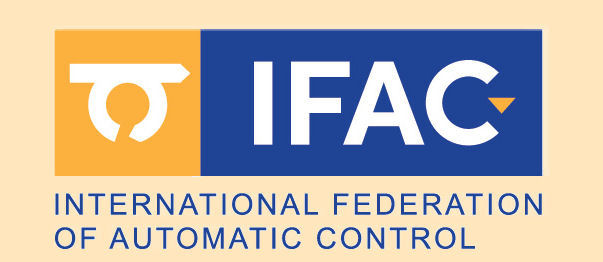| Paper ThuS2T4.3
Mounir, Nada (ERERA, ENSAM, Mohammed V University, Rabat, Morocco), Ouadi, Hamid (Ismra), Jrhilifa, ismael (ERERA, National High School of Arts and Crafts, Mohammed V Unive), EL BAKALI, Saida (ERERA, ENSAM, Mohammed V University, Rabat, Morocco), GHEOUANY, Saad (ERERA, National School of Arts and Crafts, Mohammed V University)
EV Charging Management : A Forecasting Model Development for Parking Time and Arrival State of Charge
Scheduled for presentation during the Regular Session "Electric vehicle charging" (ThuS2T4), Thursday, July 11, 2024,
12:10−12:30, Session room 4
12th IFAC Symposium on Control of Power & Energy Systems, July 10-12, 2024, Rabat, Morocco
This information is tentative and subject to change. Compiled on November 17, 2025
|


 This site is protected by copyright and trademark laws under US and International law.
This site is protected by copyright and trademark laws under US and International law.